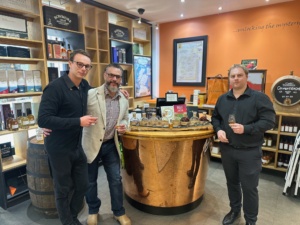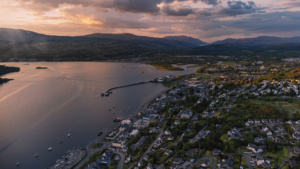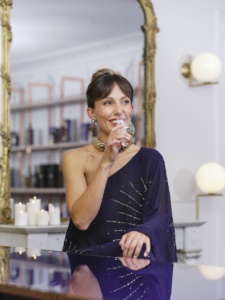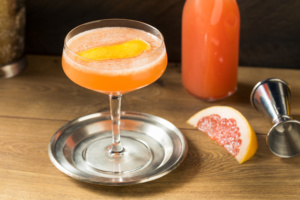Yamazaki, Green Tea, and Tsukuriwake
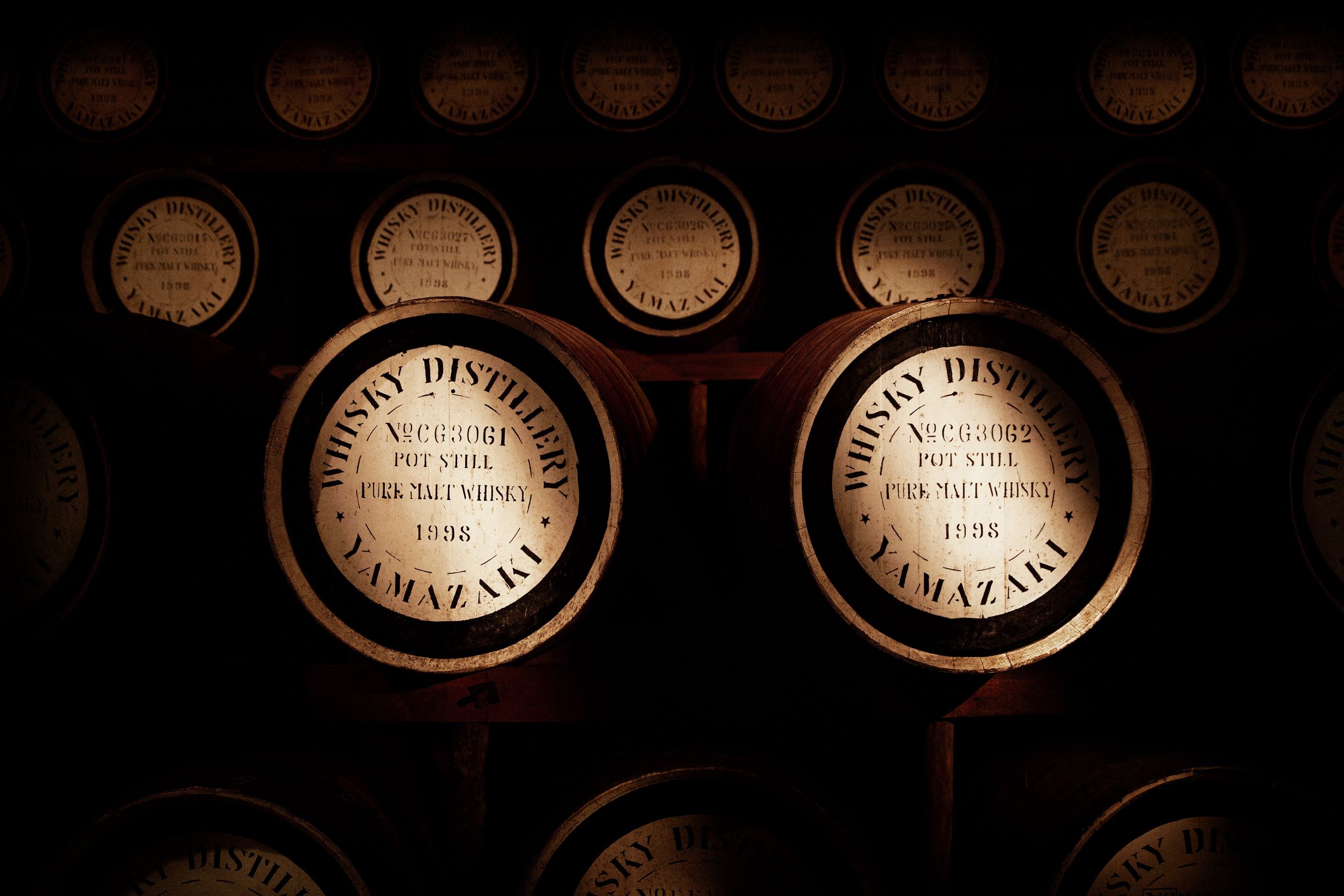
What's your favourite whisky from the Yamazaki portfolio and why?
Probably the 12 Year Old. That's the one that first got me into Japanese whisky so it's associated with so many warm memories, which is such an important part of whisky drinking, I think. With the twelve-year-old I tend to find this lovely harmony between the natural fruit profiles, the aromatics of the whisky itself, and the aromatics of the cask. You still get that vibrancy; that tropical fruit note that we tend to find in Yamazaki, like pineapple or peach, that's really well harmonised with the subtle spices, the incense notes from the Mizunara, so that's why.
It's a perfect example of what in Japan is called Kaizen, which means continual refinement. In the West we often confuse refinement with change; change can be either good or bad, there are plenty of changes in the world that prove change is not an inherently good thing. We play around with more of the variables during the whisky making process, but not for the sake of difference. We work with different malts, different peating levels, fermentation types, distillation styles, which means we make a huge range of different flavours of whisky at Yamazaki, and each age is basically a blend of these different variables in combination to create whatever the best profile is at that age. The Distiller's Reserve is focused on wooden fermentation tanks which gives you lovely creamy notes, but also utilising Bordeaux red wine casks for a red berry profile.
The 18 Year Old shifts dramatically and it moves much towards the very early styles of whisky making where we use a lot more of the Spanish oak sherry, obtaining much more tannic, dark fruit profiles and things that remind us of Christmas cakes. The 25 Year Old is this perfect harmony between mizunara but also some sherry cask as well. That's a brand new recipe for the 25 Year Old this year, so it will be super exciting to see how everyone reacts.
Last year you mentioned how nature presented itself in the Toki blended whisky highball. How does Yamazaki go about reflecting nature?
I think one of the fascinating things is that many of the cultural underpinnings of the distillery have a massive impact on the way in which we approach what we're making. Japan has this incredible diversity of seasons, with a heavy distinction between each of those four seasons. Our first goal was to see what would happen to a whisky fully produced, fermented, distilled, and aged in this unique terroir. The climate impacts the aromatics you get through ageing and the way in which the oak interacts with that whisky, but also affects the fermentation of the whisky itself because there are unique bacteria in there depending on where you are. It became a case of saying "let's just do this really, really well" - let's make sure we are making the highest quality possible whisky and allow that nature to almost naturally sing through, rather than trying to consciously choose what aspects within nature we want to reflect. We thought, let's use this blank canvas and see what nature says to us, rather than imposing our version of what we think nature is on the whisky.
In what other ways are the Yamazaki values put into practice?
The name Suntory sheds some light on this: the "Sun" refers to the rising sun, the "tory" refers to the original family (Torii) that sill run the business. Putting the "sun" before the "tory" is saying that our Japanese culture is our first priority - it comes above and beyond anything for us. We're the only producer of Japanese whisky where 100% of our whiskies are fermented, distilled, and aged in Japan, but we're touching on the honour culture in Japan where we are striving to give something back to our people. There are three pillars to this. Wa is an old name for Japan, and it means a specific sort of harmony that we observe within nature. You might look at a tree and, straightforwardly enough, see a tree. But there's an awesome symbiosis of organisms in that tree, which is what we're interested in. The second is omotenashi - authentic Japanese hospitality. This is a deep-rooted idea of having authentic relationships. You need to understand every element of your guest needs, and the process of giving it to them yourself. Our version of that is asking how each particular person consumes our spirit; how can we make sure it goes above and beyond what they're wanting?
We know people drink whiskies neat, but also potentially on the rocks. You can experience omotenashi whether you choose to enjoy a more condensed profile neat, but also as you dilute a Yamazaki on ice. We want to be hospitable to our drinkers around the world, that they will have flavours opened up to them based on how they like to drink. We don't have a signature serve for any of our malt whiskies, on the grounds that we genuinely believe that so many people have different ways of enjoying whisky, we want to make a whisky that works to all of their needs rather than saying to have it neat. Finally, there's monozukuri which is the idea of Japanese craftmanship. When we were first mastering whisky, we learned from the Scottish masters. We then spent years achieving our own mastery, after which we then started asking ourselves - what are the authentically and uniquely Japanese touches we can make? Consequently we get different flavours coming through our whiskies that you can't find in Scotland.
There are numerous distilleries that emphasise their surroundings and achieving flavour harmony. What makes Yamazaki unique, both in Japan and to the world?
Ultimately, there are many fantastic things that can be said about the uniqueness of Yamazaki's flavour, and I think that's really important. However, most of us whisky lovers also enjoy the story - the provenance of what we're enjoying. You're drinking the birthplace of Japanese whisky as an overall concept, an entire industry. They felt that responsibility of being the very first. There was pressure to replicate the Scots when they were building it. But the whole point was to make something unique to Japanese culture that was more appropriate to the Japanese palate. The region they chose was where, historically, the best green teas and the very best sake was produced. Like us, they enjoyed a story, so they went to the history books. The Emperor of Japan asked Sen no Rikyu, creator of the tea ceremony that Japan is so famous for, to build an imperial tearoom. The place he chose was because of the quality of its water, the diversity of its flora and fauna, and the distinction of its seasons. The tearoom had been left to decay, though that the water source was still perfectly functioning. This felt like a perfect place for the soul of Japanese whisky.
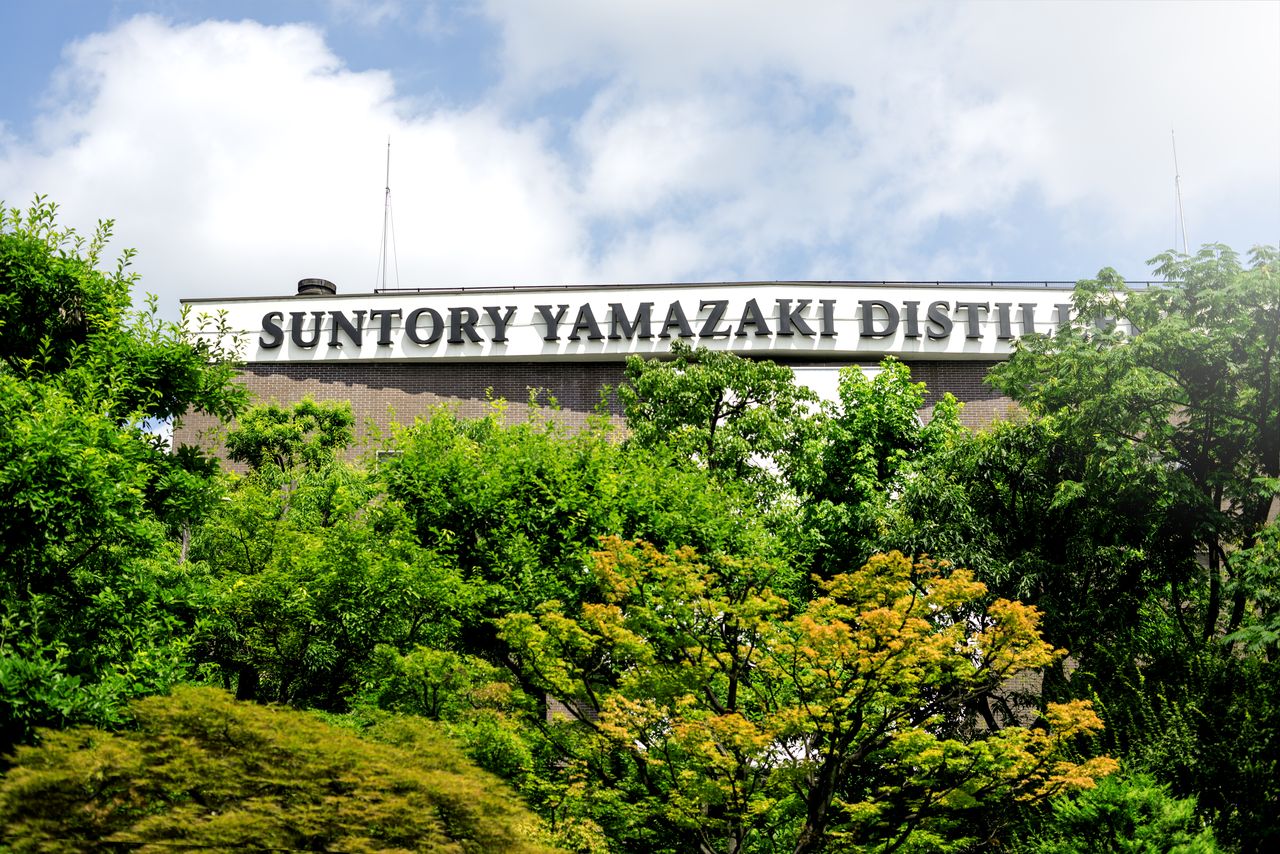
Why did so few foreign countries attempt to create whisky in their own country?
That's a big question. The Torii's family company employed the first master distiller on the basis of him spending a few weeks as an apprentice distiller in Scotland. To answer on behalf of other countries is complex. Nowadays, you see distilleries in all sorts of places. But Japan was not early to the part, they were late! Many of the technologies required for making modern spirit categories, things like whisky, rum, cognac, or gin, were significantly refined - if not invented - during the industrial revolution. During this time, Japan was in a period of isolation called the Edo period where they didn't allow import into the country. Consequently, this technology spread around the world and people formed their own spirits categories. When you arrive in Mexico you find agave, rather than malt, being distilled. Japan had the sudden influx of the finished spirit products at the same time they had influx of the technological information. So, rather prudently, we thought, "whisky is a category we really, really enjoy, let's make that."
How has the basic process of whisky making changed from the years where Yamazaki was forging its taste identity?
We were a much smaller enterprise at the start; we only had a couple of pot stills. The first few products certainly didn't meet the vision of what we were trying to do. Consider the difference between sushi and haggis, or for comparisons sake a green tea and espresso, and you had to start to see why the whisky must be lighter to work in Japan. We created as many different variations on the profile as possible, and still do this. Imagine photographing a Sakura flower, for example. You could take a photograph from one angle, and it looks great - that's the Scottish style of whisky making. We take photographs from countless different angles and the role of our blenders is to then harmonise those different angles into a 3D recreation. In doing so, they get a more accurate and complex perspective on the core malt profile itself, rather than just one set of variables would give you.
What are the differences in using Japanese oak rather than the more typical used in Scottish whisky?
Suntory uses six different types of cask, four of which are traditional. We use ex-bourbon and hogshead casks, primarily from the Maker's Mark Distillery, but we also see reformulated American oak casks like first fill such as American oak puncheons. The fourth and final traditional cask type are sherry butts which we refer to as Spanish oak, as we like to emphasise as it is all real Spanish oak seasoned with actual sherry in Jerez. This then takes us to the remaining casks: Bordeaux red wine casks and our own mizunara barrels, which is a unique and challenging oak. It's highly porous and has a different internal structure compared to American or European oak which means it has a greater tendency to flex during the ageing process. Not only is it hard to source an actual useable tree - because unlike the others, these trees grow in every possible direction - but even when we find that tree and convert it into a cask, oftentimes you'll get a lot of spillages because of its tendency to change shape during the ageing process. And if that wasn't enough, the first 10 to 15 years of ageing in mizunara tends to produce particularly unpleasant aromas. It takes a significantly longer amount of time to age with a positive effect than it does in American, Spanish, or French oak.
How did WW2 influence the taste of Yamazaki today?
Japan's history is, sadly, occasionally marred and this is part of our history. During the Second World War, Yamazaki wasn't able to import oak from Europe or indeed from the Americas and consequently it had to find an alternative way of aging its whisky. Yamazaki was forced to use mizunara and discovered consumers didn't really care for it. It was oily, unpleasant, and it went quickly out of use. It wasn't until the 1960s that we rediscovered some of these old mizunara casks that, for whatever reason, had not been sold. Suddenly, they were complex, with unique incense-like aromas like sandalwood or cedarwood that you just can't find in other types of casks. It's a hard wood to work with and it's expensive, but we discovered its value for these unique flavours. But it's still very important for anyone trying mizunara casks to double check the age statement.
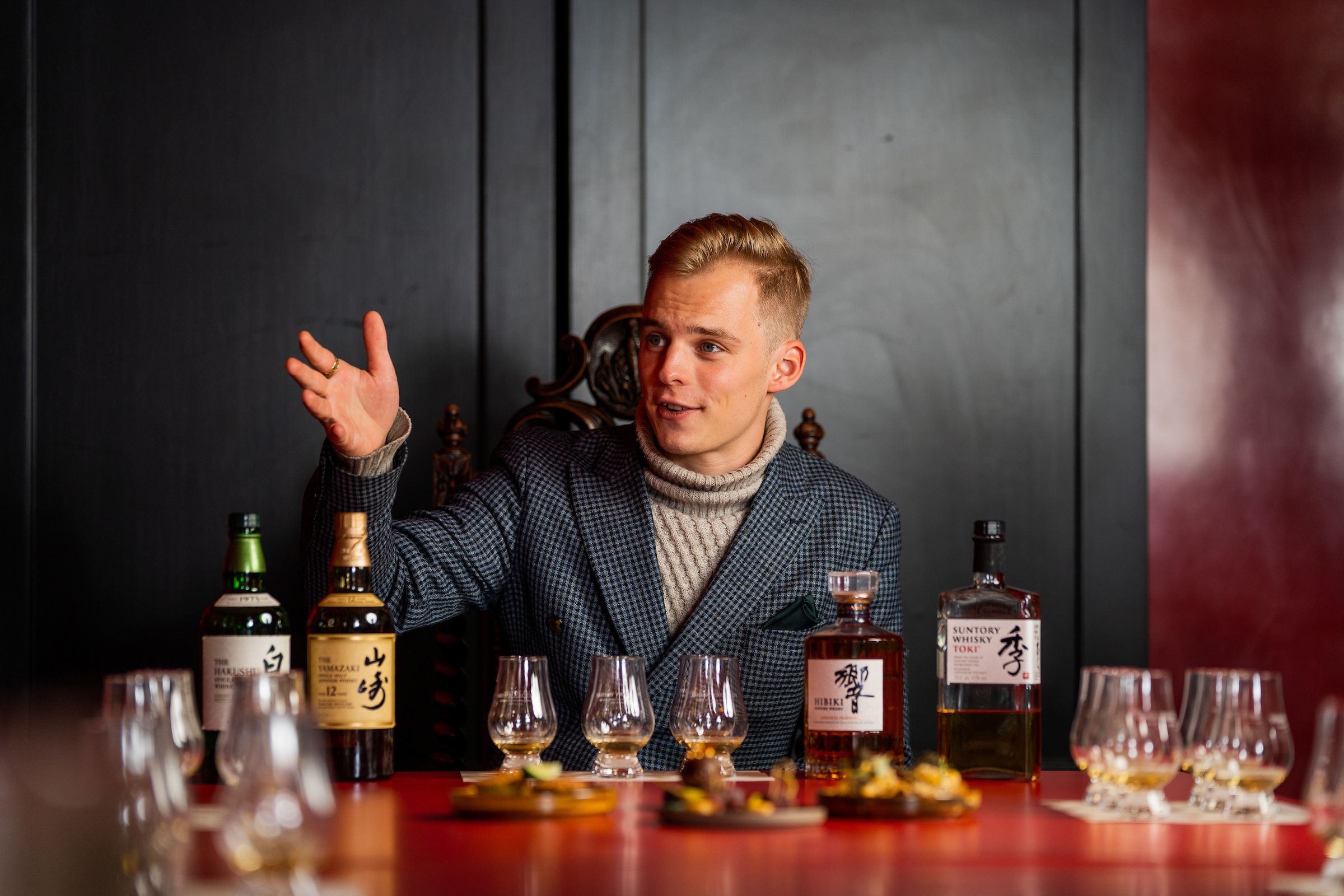
Could you tell us about your typical day as a brand ambassador?
There isn't really a "typical day," though there are three sides to my role. The fun side is going out and hosting events, working with consumers, and creating fantastic experiences of Japanese whisky so people personally understand the category in a heartfelt and authentic way. I also live the educational element in my role. I host the Suntory Dojo, an immersive and intensive training and education programme for professional bartenders and retail staff to help them understand Japanese culture in a much broader sense than just the spirits. The final part is the grindstone, the behind-the-scenes strategy.
The theme of whisky pilgrimages comes up a lot in this issue. When the distillery is open to visitors again, is there an ideal season to visit Japan?
Japan really does have very intense seasons. Personally, I would avoid the hurricane season, somewhat unsurprisingly. I'd recommend Spring, but Autumn is often overlooked - especially by the tourists, in my opinion. Autumn is an incredibly sacred time of year in Japanese culture; you get to see the beautiful shades of red, orange, and gold tones around the country, a time that is really valued by the Japanese.
Yamazaki describes the pursuit of harmony from a wide array of influences. What is your favourite way to find harmony?
On the personal level, for me, it's meditation. That, and being in nature, those two things really help me to find a sense of harmony and myself.
Are there any good Japanese toasts you can share?
We just say KanPai to be honest!
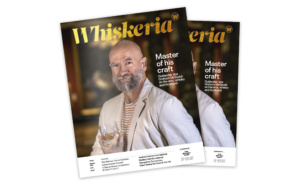
 4.7/5 with 10,000+ reviews
4.7/5 with 10,000+ reviews
